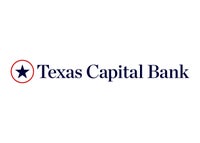LendingClub Bank
Bankrate Savings rating = 5/5
Bankrate scores are objectively determined by our editorial team. Annual percentage yields (APYs), minimum opening deposit requirements and minimum balances to avoid monthly service fees are some of the things that make up Bankrate’s score.
-
Annual percentage yield
5.00% -
Min. balance for APY
$0 -
Min. deposit to open
$0
Why LendingClub Bank?
LendingClub was originally known for its lending products, but with its acquisition of Radius Bank in 2021, LendingClub now offers many attractive deposit products. The bank's LevelUp savings accounts offers a special higher yield when you deposit at least $250 monthly into the account, though savers will still earn a competitive yield if you don't meet this requirement in a given statement period.










